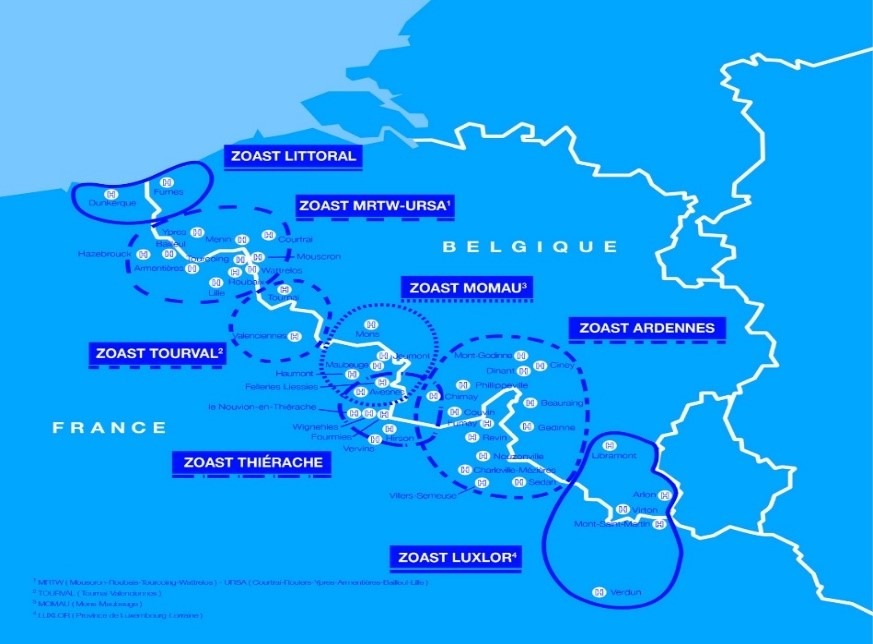Health care offer for european patients
Apart from emergencies, the admission of foreign patients who are not residents of France is subject to the issue of a charge or the payment of a deposit calculated on the basis of the provisional duration of the stay. The patient and also the staff of Lille University Hospital may request the assistance of an interpreter.
Lille University Hospital guarantees foreign patients the same reception and care conditions as those received by national or European patients, without priority or preferential treatment.
For their hospitalization, patients who are European nationals must provide a copy of their European Health Insurance Card or the S2 form (former E112 form).
The S2 form is a document which proves that an individual, insured in a Member State of the European Union, the EEA or Switzerland, is authorized to receive planned medical treatment in one of these countries.
It is imperative that you apply for the S2 form from the health care organization in your country of residence. You must also obtain it before your arrival in France to receive the planned treatment.
Lille University Hospital will then be able to request the patient’s registration with the international relation department of the Caisse Primaire d’Assurance Maladie concerning his/her hospitalization.
Two estimates will be sent to the patient:
If the international relation department of the Caisse Primaire d’Assurance Maladie agrees, the patient will receive an estimate of the co-payment (which corresponds to 20% of the costs)
If the international relation department of the Caisse Primaire d’Assurance Maladie refuses, the patient will receive an estimate of the total amount to be paid. Then, after the funds have been collected, an admission authorization will be sent to the patient by e-mail.
At the end of the hospital stay, an invoice marked « paid » will be given to the patient in-person or sent by mail. It is possible that the patient will be reimbursed for the excess payment.
In a nutshell…
The medical expenses of European patients will be covered by the French national health system for 70% of the cost of the consultation and 80% of the cost of hospitalization. The rest of the costs remain at the patient’s charge.
Belgian patients residing in the « Zone Organisée d’Accès aux Soins Transfrontaliers » (ZOAST)
The ZOAST agreements or « Zone Organisée d’Accès aux Soins Transfrontaliers » allow cross-border patients to go to a hospital on either side of the border to receive hospital and/or outpatient care. However, the hospital concerned must be included in an official and restrictive list and be part of the area geographically limited by these agreements. No prior medical authorization is required.
The patients concerned must be residents in the Belgian zone concerned by the agreement; if they are frontier workers, they cannot benefit from it.
Lille University Hospital covers the care of Belgian patients living in Mouscron, Estaimpuis, Comines (Komen) and Courtrai (Kortrijk).
How does this system work for these patients ?
If the patient lives in one of these cities, he/she does not need an S2 form. Without prior autorization needed, when the patient is admitted to the hospital, the staff at the admission office will ask him/her to show his/her health insurance card and his/her identity card. In accordance with the principle of equal treatment between resident and non-resident patients, the care received by Belgian patients will be covered by their health insurance, based on the French rates.
How does the patient pay for his/her care?
Regarding the reimbursement of the mandatory part, no advance payment is required. The services invoiced are covered on the basis of French rates.
Regarding the reimbursement of the complementary part to be paid by the beneficiary, two hypotheses exist:
- If the patient is recognized at 100%, the Caisse Primaire d’Assurance Maladie will pay the co-payment;
- If the patient is not recognized at 100%, the co-payment is billed directly to the patient or it is sent to his/her complementary organization.

 In the event of a life-threatening emergency (cardiac or respiratory attack, stroke, road accident…), dial
In the event of a life-threatening emergency (cardiac or respiratory attack, stroke, road accident…), dial 

